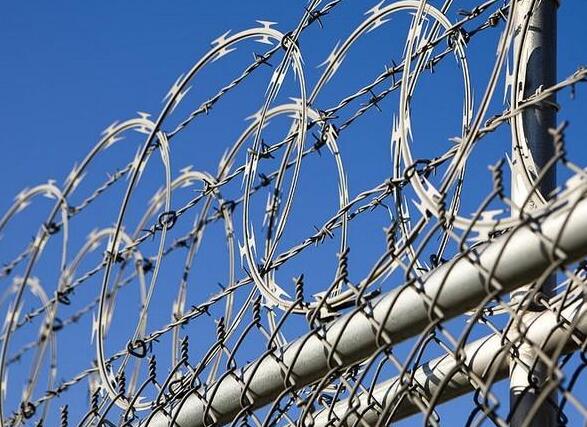The Art and Science of Perforated Metal Fabrication
Perforated metal fabrication has become an essential component in modern manufacturing and design processes. This specialized technique involves creating sheets of metal with precise holes or patterns that serve various functional and aesthetic purposes. As industries continue to seek innovative solutions, perforated metal has emerged as a versatile option for numerous applications, including architectural designs, filtration systems, and industrial usage.
Understanding Perforated Metal
Perforated metal sheets are produced by punching or drilling holes into metal, which can vary in size, shape, and configuration. The choice of material can include aluminum, stainless steel, copper, or carbon steel, each offering unique properties. The customization of holes can range from simple round shapes to complex patterns that enhance both functionality and beauty.
The manufacturing process of perforated metal typically begins with the selection of the raw metal sheet. That sheet is then loaded into a press machine where holes are punched using a die. The distance between the holes, their pattern, and their size can be tailored to meet specific requirements. Post-production finishing may involve processes like deburring, cleaning, or applying protective coatings to enhance durability.
Benefits of Perforated Metal Fabrication
One of the primary advantages of perforated metal is its ability to combine strength and lightweight properties. The holes reduce the overall weight of the material without compromising its structural integrity. This characteristic makes it ideal for a plethora of applications, ranging from decorative elements in architecture to efficient components in industrial machinery.
In architecture, perforated metal can be utilized for cladding, sunshades, and facades. The holes allow for ventilation and light flow while providing a modern aesthetic appeal. Designers appreciate the flexibility of perforated sheets, as they can create intricate patterns that enhance the visual impact of buildings while also serving practical purposes, such as reducing energy consumption through better climate control.
In industrial settings, perforated metals play a crucial role in various systems, including filtration processes and sound absorption. For example, in HVAC systems, they can be used in grilles where air needs to pass through while ensuring that dust and debris are filtered out. Additionally, due to their acoustic properties, perforated metal can be employed in soundproofing applications, making spaces quieter without sacrificing style.
perforated metal fabrication

Aesthetic Considerations
Beyond their functional advantages, perforated metals have gained traction in the aesthetic domain. Artists and designers leverage the unique patterns and textures that can be achieved through perforation to create stunning visual effects. These metals can be finished in various ways, including powder coating or anodizing, which can provide color options and further enhance their appeal.
Another notable trend is the use of light and shadow effects that are created by perforated metal. When used in lighting design, the patterns of the perforations can diffuse light in interesting ways, casting beautiful patterns on surrounding surfaces. This creates a dynamic interplay between light and material, a feature that is heavily sought after in contemporary design.
Sustainability in Metal Fabrication
The sustainability factor is also becoming increasingly important in the manufacturing of perforated metal. Many companies are adopting eco-friendly practices, such as sourcing recycled materials and improving energy efficiency during production. Perforated metals can also contribute to sustainability in building design by allowing natural light to filter through while minimizing the need for artificial lighting.
Additionally, due to their durability and resistance to corrosion, perforated metals have a long lifecycle, reducing waste over time. As industries look toward more sustainable practices, perforated metal fabrication stands out as a solution that balances functionality, aesthetics, and environmental responsibility.
Conclusion
Perforated metal fabrication represents an intersection of art and engineering that has endless possibilities. Its versatility in both form and function allows it to thrive across various sectors, from architecture to industrial applications. As trends evolve and sustainability becomes paramount in manufacturing processes, perforated metals will continue to grow in popularity, offering innovative solutions that cater to a modern world increasingly focused on efficiency, beauty, and environmental stewardship. Whether it's enhancing a building's facade or serving as a key component in machinery, perforated metal remains an innovative choice that reflects the needs and sensibilities of contemporary design.

















